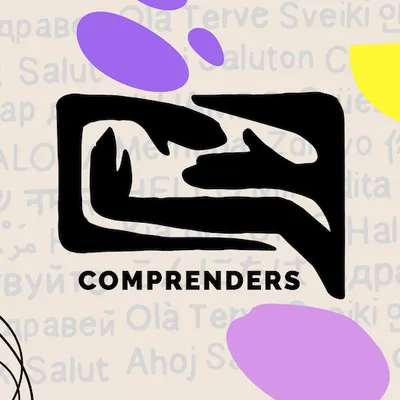
The Ultimate Guide to Haggling in Italian: Master Phrases and Cultural Insights
How to Haggle in Italian: Phrases and Cultural Peculiarities
Haggling in Italy is a cultural tradition, particularly in markets and small shops. Italians often view bargaining as a social exchange rather than just a financial transaction. To haggle successfully, it’s essential to understand both the language and the cultural nuances.
Key Phrases for Haggling
Here are some useful Italian phrases to help you negotiate prices effectively:
- Quanto costa? – How much does it cost? 1, 3, 7
- Posso avere uno sconto? – Can I have a discount? 1, 2, 7
- È troppo caro. – It’s too expensive. 3, 7
- Qual è il tuo miglior prezzo? – What’s your best price? 1
- Possiamo fare un accordo? – Can we make a deal? 1, 2
- Mi fai un’offerta migliore? – Can you give me a better offer? 1
- Troppo caro! Facciamo quindici euro! – That’s too expensive! Let’s make it 15 euros! 3
- Può andar bene diciassette? – Perhaps 17 euros? 3
For more informal exchanges, you can use:
- Fammi un prezzaccio! – Go on, give me a great price! 5
Cultural Tips for Bargaining in Italy
To haggle effectively, keep these cultural aspects in mind:
-
Start with Politeness and Build Rapport
-
Be Respectful and Patient
-
Start Low, but Be Reasonable
-
Use Humor and Gestures
- Italians often use expressive gestures during negotiations. While you shouldn’t mimic them excessively, showing enthusiasm can enhance the interaction 4.
-
Be Prepared to Walk Away
- If the seller doesn’t meet your price, politely decline and explore other options. This tactic can sometimes prompt the vendor to reconsider their offer 1.
-
Understand Regional Variations
- Bargaining is more common in southern Italy, where haggling is often lively and dramatic. In northern Italy, negotiations may be more subdued but still possible 4.
Additional Tips
- Know When Not to Haggle: Avoid bargaining in high-end stores or places where prices are fixed.
- Learn Local Expressions: Using idiomatic phrases like Costa un occhio della testa! (It costs an arm and a leg!) can make you sound more natural 3.
- Leverage Relationships: Building trust with vendors through friendly interactions can lead to better deals 6.
By combining these phrases with cultural awareness, you’ll be able to haggle effectively while respecting Italian traditions. Enjoy the lively art of negotiation!
References
-
Mastering the Art of Bargaining on Italian Markets: Your Ultimate Guide
-
[PDF] Negotiating International Business - Italy - Leadership Crossroads
-
Italian Translation of “HAGGLE” | Collins English-Italian Dictionary
-
Bargaining & buying | Practical language | Learn italian free lessons
-
Haggling/Bargaining Customs in Italy - Fodor’s Travel Talk Forums
-
Daily Verb Lesson: Italian for bargain is contrattare - 200 Words a Day!
-
Business meeting etiquette in Italy: negotiation process and planning
-
Five mistakes to avoid while negotiating with an Italian company
-
Top tips for doing business in Italy - Learn about Italian business …